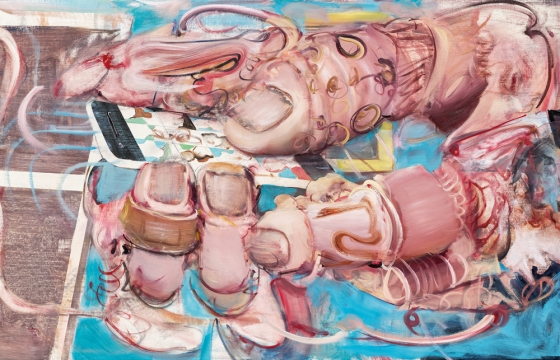
"Today, Romanian contemporary art is not a footnote to Western discourse; it is an active agent in reshaping it. It is already here, speaking in many tongues."
"In order to understand how and why Romania has grown into a vital node in the global art conversation, we must first revisit the conditions from which this emergence sprang."
After the fall of communism in 1989, Romania's art scene faced both freedom and disarray. Artists initially lost state support but adapted, leading to a vibrant contemporary art movement that actively engages with global discourse. Pioneering figures like Călin Dan emerged, reflecting on the void left by state control. This movement showcases the resilience and audacity of Romanian artists, who now contribute meaningfully to contemporary art, challenging the narrative and shaping discussions without seeking external validation.
Read at Juxtapoz
Unable to calculate read time
Collection
[
|
...
]